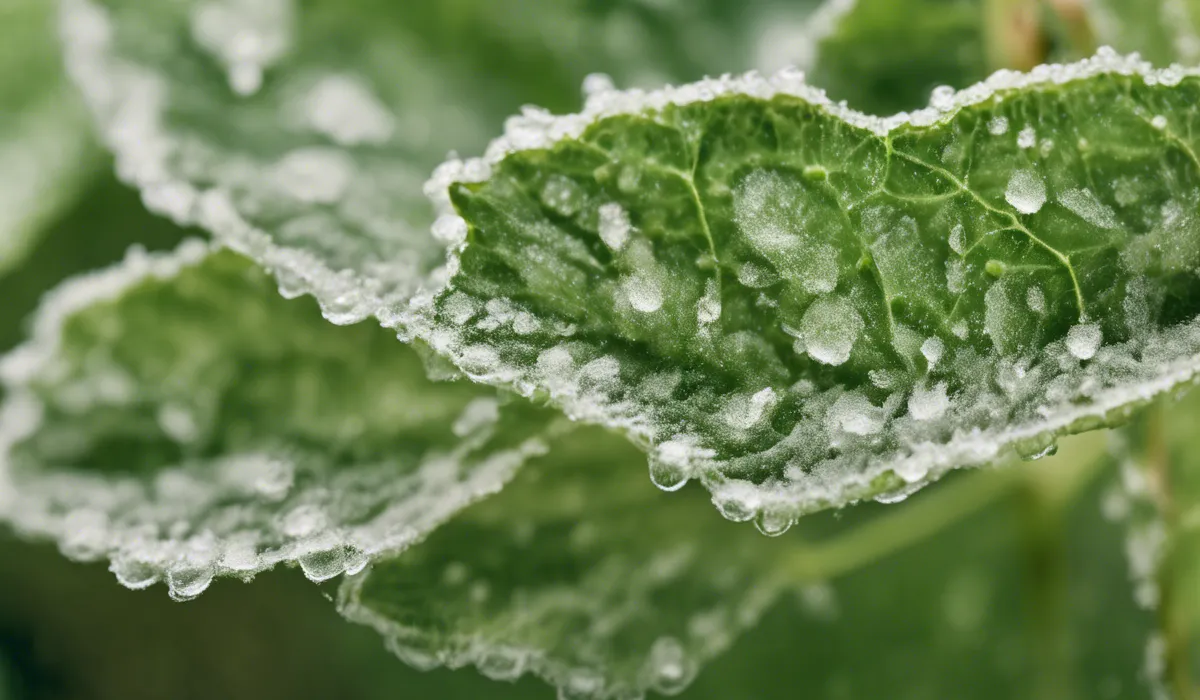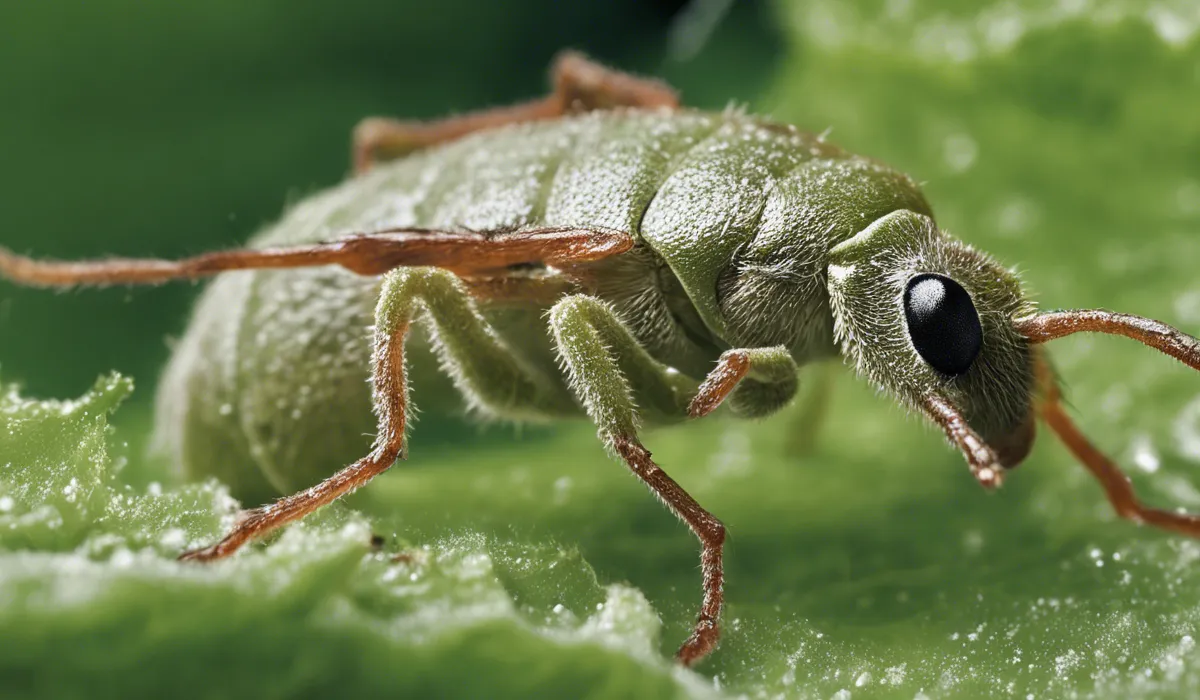Sevin does not kill powdery mildew. It is an insecticide aimed at controlling garden pests, not fungal diseases. For powdery mildew, fungicides or natural remedies like neem oil are more effective treatments.
Understanding Powdery Mildew

Definition of Powdery Mildew
Powdery mildew is a common fungal disease that affects a wide range of plants. It is characterized by white to grayish powdery spots on the leaves and stems of plants.
This unsightly fungus thrives in warm, dry climates and can spread rapidly if uncontrolled.
Causes and Symptoms of Powdery Mildew on Plants
The primary cause of powdery mildew is the fungus from the order Erysiphales. It prefers high humidity and moderate temperatures, which is why it is often seen in the spring and fall.
Symptoms include white, dusty spots on leaves, distorted or twisted foliage, and stunted growth. If left unchecked, it can lead to the yellowing of leaves and premature leaf drop.
The Life Cycle of Powdery Mildew
Powdery mildew starts as fungal spores that land on a host plant. Under suitable conditions, these spores germinate, forming mycelium that spreads across the surface of the plant.
The fungus feeds on the plant’s nutrients, which can weaken and damage the plant over time. Spores produced by the mycelium are then spread by the wind to infect other plants.
Common Plants Affected by Powdery Mildew
Many plants are susceptible to powdery mildew, including vegetables like cucumbers and squash, ornamentals such as roses and phlox, and fruit trees like apples and grapes.
Even grasses and weeds can host the fungus, making it a widespread issue for gardeners and farmers alike.
Sevin’s Role in Pest Control

Overview of Sevin (Carbaryl) and Its Primary Uses
Sevin, whose active ingredient is carbaryl, is a broad-spectrum insecticide used to control a variety of garden pests.
It is effective against insects like aphids, beetles, and caterpillars. Sevin is available in various forms, including powders and liquid concentrates, making it versatile for different gardening needs.
How Sevin Works Against Various Garden Pests?
Sevin works by interfering with the nervous system of insects, leading to their death. It is a contact poison, which means that it must touch the insect to be effective.
Gardeners appreciate Sevin for its quick action and its ability to protect plants from a myriad of damaging pests.
Effectiveness of Sevin on Fungal Diseases
While Sevin is an excellent tool for managing garden pests, it is not designed to fight fungal diseases like powdery mildew.
It targets insects, not fungi. Therefore, gardeners should not rely on Sevin to treat fungal infections on their plants.
Alternatives for Managing Powdery Mildew

Cultural Practices to Prevent and Manage Powdery Mildew
Preventive cultural practices can significantly reduce the occurrence of powdery mildew. These include planting resistant varieties, ensuring adequate plant spacing for air circulation, and avoiding overhead watering to keep foliage dry.
It’s also beneficial to remove and dispose of infected leaves to prevent the spread of the fungus.
Organic Treatments for Powdery Mildew
For those seeking organic methods, treatments like neem oil, sulfur, and baking soda solutions can help manage powdery mildew.
Neem oil, in particular, is a natural fungicide that can also deter certain insects. When used as directed, these organic options can be safe and effective for both the plants and the environment.
Chemical Options Specifically Designed to Tackle Fungal Diseases
When cultural and organic methods are insufficient, chemical fungicides may be necessary. These products are formulated to target fungal pathogens directly.
Active ingredients such as chlorothalonil or myclobutanil are often found in fungicides that can effectively control powdery mildew outbreaks.
Integrated Pest Management (IPM) Strategies for Powdery Mildew Control
Integrated Pest Management (IPM) is a comprehensive approach combining different methods to manage pests and diseases with minimal impact on the environment.
For powdery mildew, an IPM strategy might include monitoring plants for early signs of infection, using resistant plant varieties, implementing cultural controls, and applying organic or chemical treatments only when necessary.
FAQs About Sevin and Powdery Mildew
Can Sevin be used to treat powdery mildew?
No, Sevin is not effective for treating powdery mildew as it is an insecticide, not a fungicide.
Is Sevin an appropriate choice for fungal diseases like powdery mildew?
No, Sevin should not be used for fungal diseases; it is designed to control garden pests.
What should I use to treat powdery mildew if not Sevin?
To treat powdery mildew, you should use fungicides or natural remedies such as neem oil.
Does Sevin have any effect on plant diseases?
Sevin is not formulated to combat plant diseases; it targets insects that harm plants.
Can I use Sevin to prevent powdery mildew from infecting my plants?
No, Sevin cannot prevent powdery mildew; it is not a preventative treatment for fungal infections.
Final Thoughts
Sevin is formulated to combat insect pests and is not effective against fungal diseases like powdery mildew.
To address powdery mildew issues, gardeners should opt for fungicides or natural solutions such as neem oil, which are specifically designed to control and prevent fungal growth on plants.
